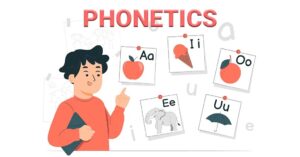
English proficiency tests play a crucial role for students aspiring to study abroad, as they serve as a standardized measure of their language skills. Two of the most widely recognized tests are the International English Language Testing System (IELTS) and the Test of English as a Foreign Language (TOEFL). In this comprehensive guide, we’ll explore the differences between IELTS and TOEFL, helping students determine which test is the right choice for their academic and professional goals.
Understanding IELTS and TOEFL:
IELTS (International English Language Testing System):
IELTS is jointly managed by the British Council, IDP: IELTS Australia, and Cambridge Assessment English.
It is accepted by universities, colleges, and immigration authorities in many English-speaking countries, including the UK, Australia, Canada, and New Zealand.
IELTS assesses four language skills: Listening, Reading, Writing, and Speaking.
The Speaking test is conducted face-to-face with a certified examiner.
The test format includes both Academic and General Training versions, catering to different purposes such as academic studies, work, or immigration.
TOEFL (Test of English as a Foreign Language):
TOEFL is administered by the Educational Testing Service (ETS).
It is primarily accepted by universities and colleges in the United States and Canada.
TOEFL assesses four language skills: Reading, Listening, Speaking, and Writing.
The Speaking section involves recorded responses, which are evaluated by raters.
TOEFL is available in two formats: the Internet-based Test (iBT) and the Paper-based Test (PBT), with the iBT being more common.
Key Differences Between IELTS and TOEFL:
Test Format:
IELTS has a face-to-face Speaking test, while TOEFL’s Speaking section involves recorded responses.
IELTS Writing Task 2 requires test-takers to write an essay, whereas TOEFL integrates independent and integrated writing tasks.
Scoring System:
IELTS provides a band score ranging from 0 to 9 for each module, with overall band scores calculated as an average.
TOEFL scores are reported on a scale of 0 to 120, with separate scores for each section.
Accent and Pronunciation:
IELTS exposes test-takers to a variety of English accents during the Listening test.
TOEFL primarily focuses on American English accents.
Test Availability and Accessibility:
IELTS is offered in over 140 countries and can be taken multiple times within a year.
TOEFL is available in more than 160 countries and can also be taken multiple times within a year, but with a waiting period between attempts.
Choosing Between IELTS and TOEFL:
IELTS: For details about IELTS test and format please refer our website.
TOEFL:
The TOEFL (Test of English as a Foreign Language) test is structured into four sections, each assessing different language skills. Here is an overview of the format:
Reading Section:
Duration: 60-80 minutes
Number of Questions: 36-56 questions
Content: The Reading section consists of 3-4 passages, each followed by multiple-choice questions. Passages are academic in nature and cover a variety of topics.
Listening Section:
Duration: 60-90 minutes
Number of Questions: 34-51 questions
Content: The Listening section includes lectures, classroom discussions, and conversations. Test-takers listen to audio recordings and answer multiple-choice questions based on what they hear.
Speaking Section:
Duration: 20 minutes
Number of Tasks: 4 tasks
Content: In the Speaking section, test-takers respond to various prompts. Tasks include expressing an opinion, summarizing information, and participating in a conversation. Responses are recorded and evaluated by raters.
Writing Section:
Duration: 50 minutes
Number of Tasks: 2 tasks
Content: The Writing section requires test-takers to write essays in response to given prompts. Task 1 is an integrated task that involves reading a passage and listening to a lecture before writing a response. Task 2 is an independent essay where test-takers express their opinion on a given topic.
How to choose which one is suitable for me?
Destination Country:
Consider the country where you plan to study or immigrate. If your target destination primarily accepts one test over the other, prioritize accordingly.
Test Format Preference:
Determine whether you prefer a face-to-face Speaking test (IELTS) or recorded responses (TOEFL).
Scoring Requirements:
Review the score requirements of your desired institutions or immigration programs to ensure alignment with your test performance goals.
Test Availability and Convenience:
Consider the availability of test centers in your location and the scheduling flexibility offered by each test.
Personal Comfort and Familiarity:
Reflect on your familiarity with the test format and your comfort level with various accents and speaking environments.
Conclusion:
Both IELTS and TOEFL serve as valuable measures of English language proficiency for students pursuing international education opportunities. Ultimately, the choice between IELTS and TOEFL depends on various factors such as destination country, test format preferences, scoring requirements, and personal comfort. By carefully assessing these factors, students can make an informed decision and embark on their journey towards academic and professional success.
Remember, whichever test you choose, thorough preparation and practice are essential for achieving your desired score. Best of luck on your English proficiency journey!





